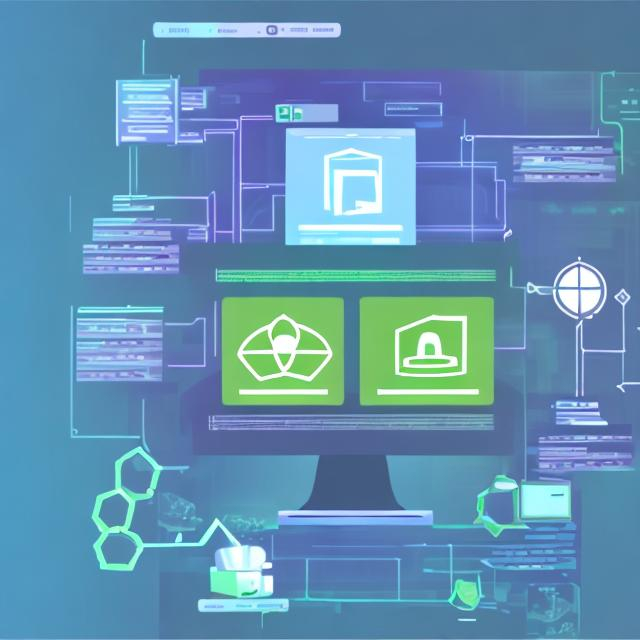Guest post originally published on the Cloudsmith blog by Lee Skillen
All about artifact management, alongside 10 awesome benefits that any good Artifact Management platform will provide, including added security, traceability, and control.
Efficiency and organization are key when it comes to continuous delivery. As teams work to deliver high-quality software at an increasingly fast pace, the need for effective management of the various components of the software development lifecycle has become paramount. One aspect of this lifecycle that often gets overlooked, but is crucial to the smooth functioning of the development process, is artifact management.
From our partners:
Let’s explore artifact management, what it means for you as a developer, why it’s an essential part of your toolkit, and the numerous benefits it can bring to your software development process.
What is Artifact Management?
Artifact management refers to the process of storing, versioning, and tracking binary files, or “artifacts,” that are produced during the software development process. These artifacts can include compiled source code, libraries, and documentation, including operating packages, NPM and Maven packages (or container images like Docker.) The goal of artifact management is to ensure that these files are stored in a secure, organized, and accessible manner, enabling developers to retrieve and deploy them as needed.
Artifact management is about creating a systematic approach to handle the various outputs of your software development lifecycle. It’s like a library for your software components, where each artifact is a book that needs to be properly cataloged, stored, and made available for future reference.

The Importance of Artifact Management in DevOps
Devops entail a set of practices that aims to shorten the system development life cycle and provide continuous delivery with high software quality. In this context, artifact management plays a vital role in maintaining the speed, efficiency, and reliability of the software development and deployment process.
In a DevOps environment, the rapid, continuous development and deployment of software can generate a large number of artifacts. Without a proper management system, these artifacts can become disorganized and difficult to track, slowing down the development process and increasing the risk of errors or security breaches.
Artifact management tools help to address these challenges by providing a centralized repository for storing and tracking artifacts. This not only helps to keep the artifacts organized, but also makes it easier for developers to find and deploy the correct versions of the artifacts they need.
These types of tools can provide additional features such as access control, versioning, and metadata management, which can further enhance the efficiency and reliability of the software development process.
10 Benefits of using an artifact management platform
1. Control
Artifact management systems provide robust controls for managing the flow of artifacts, including features for promoting, rolling back, and deploying packages. This gives you the ability to manage your software components in a structured and organized manner, ensuring that only the correct versions are deployed.
2. Visibility
These systems offer a comprehensive view of your artifacts, including their names, versions, types, and metadata, helping you to keep track of your assets. This visibility is crucial for maintaining an overview of your software components and understanding their interdependencies.
3. Universality
Artifact repository tools can support multiple packaging technologies and provide APIs for easy manipulation, enhancing interoperability and flexibility. This means that regardless of the technology stack you’re using, you can manage all your artifacts in a single, unified system. (Think of this like normalising the experience across multiple artifacts types/formats, kind of like bringing order to chaos!)
4. Security
These systems are designed to be secure by default, providing features such as encryption in transit and at rest, digital signing, and permission management. This helps to protect your software components from unauthorized access and tampering, ensuring the integrity of your software.
5. Traceability
Artifact management systems provide metadata for tracking the history and dependencies of your artifacts, enhancing accountability and reproducibility. This traceability is crucial for understanding the evolution of your software components and for troubleshooting issues that may arise.
6. Auditing
These systems provide access logs and metrics for tracking the usage of your artifacts, helping you to monitor and optimize your operations. This auditing capability is crucial for maintaining accountability and for understanding how your software components are being used.
7. Speed
Artifact management systems offer fast, global distribution of your artifacts, helping to speed up the development and deployment process. This can significantly reduce the time it takes to get your software to market, giving you a competitive advantage.
8. Availability
These systems can provide a layer of redundancy for public services, ensuring that you can access your artifacts even if the public service is down. This availability is crucial for maintaining the continuity of your operations and for ensuring that you can deliver your software on time.
9. Collaboration
Artifact management systems support collaboration by allowing you to synchronize workflows and processes within distributed teams. This can enhance the efficiency of your operations and foster a culture of shared responsibility and teamwork.
10. Cost-effectiveness
Using an artifact management system can be more cost-effective than building and maintaining your own system, freeing up resources for you to focus on your core product. This can help you reduce costs, increase productivity, and deliver better software.
Conclusion
Artifact management is a crucial component of the DevOps toolkit that can provide numerous benefits in terms of control, visibility, and security. Whether you’re a small team or a large organization, implementing an artifact management system can help you to streamline your operations and enhance the quality of your software. By investing in artifact management, you can ensure that your software development process is as efficient, reliable, and effective as possible.
Published at CNCF Blog
Source: cyberpogo.com
For enquiries, product placements, sponsorships, and collaborations, connect with us at [email protected]. We'd love to hear from you!
Our humans need coffee too! Your support is highly appreciated, thank you!








